What Makes This Handmade Moroccan Dagger Unique?
This dagger is not a mass-produced item. Every piece is individually handcrafted by skilled Moroccan artisans who follow age-old techniques passed down through generations. Each curve, line, and engraving reflects hours of dedication. The Koumya, known as the Moroccan Jambiya, carries cultural depth and spiritual symbolism within its shape and design. It’s more than a weapon or tool—it’s a cultural artifact, a mirror of North African heritage.
Unlike decorative blades that are factory-made and identical, this Koumya may feature subtle irregularities. These are not flaws but signs of its authenticity. Hand engraving on the stainless steel blade brings out Islamic geometric patterns and Arabic calligraphy-inspired detailing, ensuring that no two knives are identical. The handle and scabbard are adorned with traditional Moroccan zellij mosaic elements, giving the dagger a decorative yet traditional finish.
Key Features:
- Handmade by Moroccan artisans using traditional methods
- Subtle imperfections highlight the authenticity
- Decorated with traditional Arabic engravings and zellij
- Non-factory finish provides unique character
How Does the Moroccan Koumya Reflect Islamic and Arabic Art Traditions?
The Koumya dagger is deeply rooted in Islamic and Arabic artistic expression. From the blade’s curves to the geometric detailing, every inch speaks the visual language of Islamic heritage. Islamic art traditionally avoids depictions of living beings and instead focuses on patterns, repetition, symmetry, and calligraphy—all of which appear on this blade.
The engraving on the dagger uses stylized motifs that are seen in mosques, palaces, and Moroccan riads. The stainless steel blade acts as a canvas, displaying detailed ornamentation consistent with Arabesque and Moorish design. These elements were historically used to convey not only beauty but also intellectual and spiritual ideals.
Key Features:
- Blade engravings mimic Islamic architectural motifs
- Visual elements follow Arabic ornamental styles
- Reflects Islamic art principles such as balance and repetition
- Cultural fusion of function and form
Why Is This Jambiya Considered a Symbolic and Collectible Item?
The Koumya is traditionally worn by men in Morocco as part of formal dress or ceremonial occasions. It’s not just a knife; it represents strength, respect, and tradition. Over time, it has become a collectible for cultural enthusiasts, historians, and lovers of authentic handmade crafts.
Collectors often seek out Koumya daggers due to their unique handcrafted value and historical significance. The Koumya’s curved blade distinguishes it from straight-edged weapons, and its symbolic role in Moroccan society makes it a sought-after display item. Many choose to display it in frames, glass cabinets, or alongside other Middle Eastern artifacts.
Key Features:
- Traditional ceremonial symbol in Moroccan society
- Recognized collectible among cultural enthusiasts
- Curved blade design marks its cultural uniqueness
- Fits into collections of North African and Islamic art
How Durable and Functional Is the Blade Material?
The blade of the Koumya is crafted from stainless steel, chosen for its resistance to corrosion and ability to hold engravings well. While this dagger is primarily for decoration, the stainless steel construction means it is a real, solid blade. The spine thickness of 0.12 inches provides a robust structure, while the compact size ensures ease of display.
It is worth noting that due to the handmade nature of this item, slight rust may appear on some blades. This is common with artisanal metalwork, especially when untreated post-manufacturing. Any such spots can be gently cleaned without compromising the engraving. The presence of rust is not a flaw but a reflection of its organic and untreated state.
Key Features:
- Blade made of corrosion-resistant stainless steel
- Real blade construction, not a plastic replica
- Minor rusting may occur due to natural oxidation
- Decorative but durable and authentic
What Are the Specific Dimensions and How Should It Be Displayed?
The dagger has a compact form that makes it suitable for both open and enclosed display. The hilt is 4 inches, providing a firm yet decorative grip. The blade length measures 5 inches, with a total item length of 10 inches including the scabbard. The scabbard itself is 5.12 inches and follows the traditional curved Moroccan design.
Its size and shape make it perfect for mounting on a wall or placing inside a glass case. Many use shadow boxes to accentuate the engraving and mosaic details. It can also be displayed on stands, either vertically or diagonally, to highlight its craftsmanship.
Key Features:
- Hilt: 4 in | Blade: 5 in | Spine Thickness: 0.12 in
- Total Length: 10 in with 5.12 in scabbard
- Compact enough for shelves or wall display
- Display ideas: glass box, vertical stand, or wall mount
What Is Moroccan Zellij and How Is It Used in This Dagger?
Moroccan zellij is a mosaic tilework art form made from individually chiseled tiles. These tiles are arranged into complex geometric patterns. In this dagger, zellij elements are used to decorate the handle and scabbard, adding a traditional and visually rich touch to the item.
The use of zellij adds texture, color, and cultural symbolism. It reinforces the dagger’s origin and makes it stand out from other decorative knives. The contrasting materials—metal blade and ceramic-like inlay—enhance the piece’s depth and appeal.
Key Features:
- Traditional Moroccan zellij used on handle/scabbard
- Handmade tilework adds texture and regional identity
- Unique blend of ceramic and metal components
- Adds visual contrast and tactile detail
Why Is This a Suitable Gift for Culture Enthusiasts?
Gifting this item is not about the object alone—it’s about offering a story, a symbol of tradition, and a handmade work of art. This dagger suits those who appreciate Middle Eastern, Islamic, or North African culture. Whether it’s for a collector, someone interested in Islamic art, or an individual with Moroccan roots, the dagger holds thoughtful value.
Its imperfections and hand-finished design offer an authentic story behind the piece. It avoids the sterile perfection of factory products, replacing it with character and historical presence. It speaks to the effort and time invested in its making.
Key Features:
- Gift with cultural and historical value
- Suitable for collectors or cultural heritage enthusiasts
- Handmade authenticity gives it personal meaning
- Comes with visible signs of artisan craft
How Can This Dagger Be Cared For and Maintained?
Since the dagger includes natural materials and unsealed surfaces, it requires minimal but mindful care. Occasional polishing with a dry cloth helps preserve the shine of the stainless steel. Avoid using water or chemical cleaners that might affect the zellij or engraved sections.
If rust spots appear, they can be cleaned using mild metal polish or even natural solutions like lemon and baking soda. Storage should be in a dry, cool place to avoid moisture buildup. For long-term preservation, wrapping it in soft fabric or placing it in a display case helps protect its surfaces.
Key Features:
- Clean with dry cloth or gentle polish
- Avoid water or harsh chemicals
- Store in dry areas or use display case
- Mild rust spots can be safely removed
What Are Common Imperfections to Expect and Why Do They Matter?
Due to its handmade nature, the dagger may include minor asymmetries, slight scratches, uneven zellij patterns, or color variation in the metal. These are not signs of damage but rather marks of authenticity. They affirm that the item was not mass-produced.
Buyers looking for flawless, identical pieces may need to consider that this item is unique by design. Imperfections give each dagger a signature look, and over time, these traits may even increase its value as a cultural artifact.
Key Features:
- Asymmetries and minor flaws expected due to handmade process
- No two daggers are exactly alike
- Marks of authenticity and individual craftsmanship
- Adds value over time as a non-factory piece
What Should Be Considered Before Purchasing?
Before buying, it’s essential to consider the dagger’s purpose. This is a decorative and collectible item—not intended for use as a functional weapon. The product images provide an accurate reflection, and visible defects are considered part of the listing.
Size, materials, and the handmade nature all play a role in setting expectations. Those interested in cultural history, traditional crafts, or Islamic artifacts will find this item meaningful. It complements decor themes such as Bohemian, Middle Eastern, and traditional Moroccan.
Key Features:
- For decorative or collectible use only
- Handmade—imperfections should be expected
- Suitable for cultural decor or themed settings
- Carefully inspect product images before purchasing


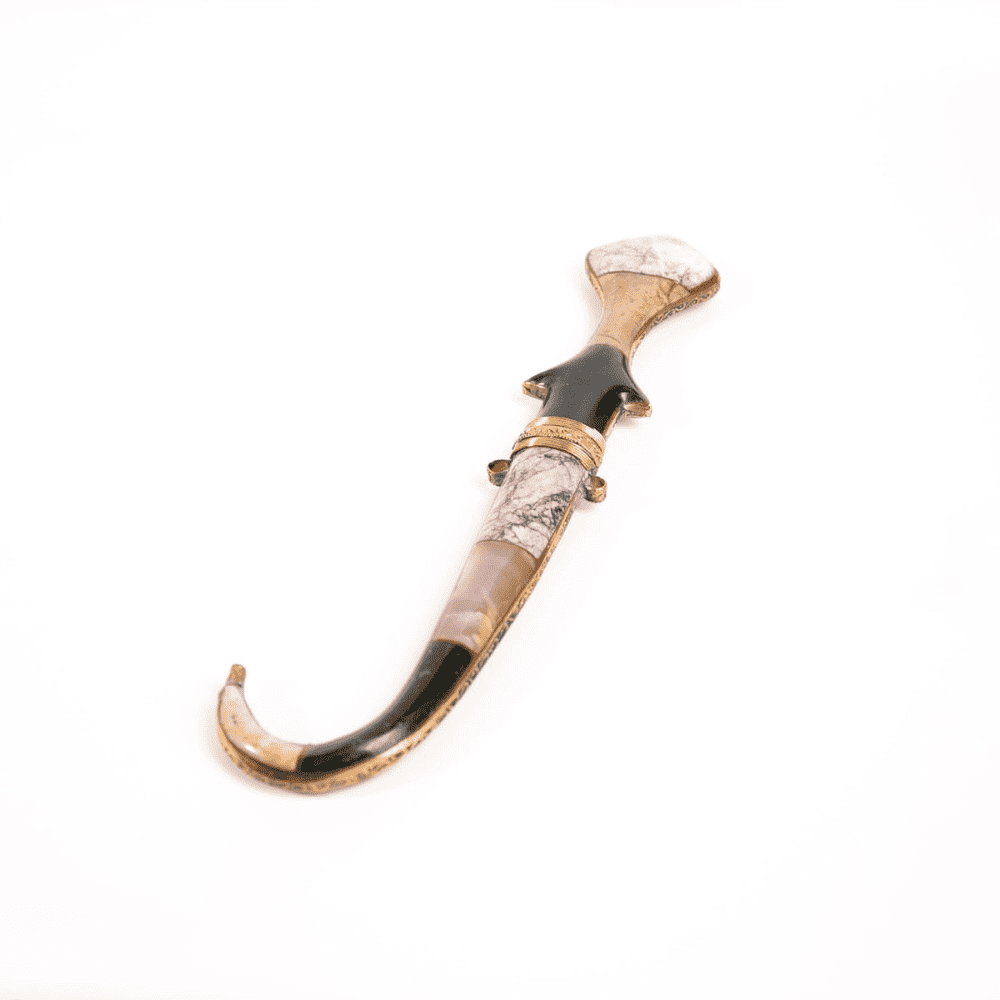
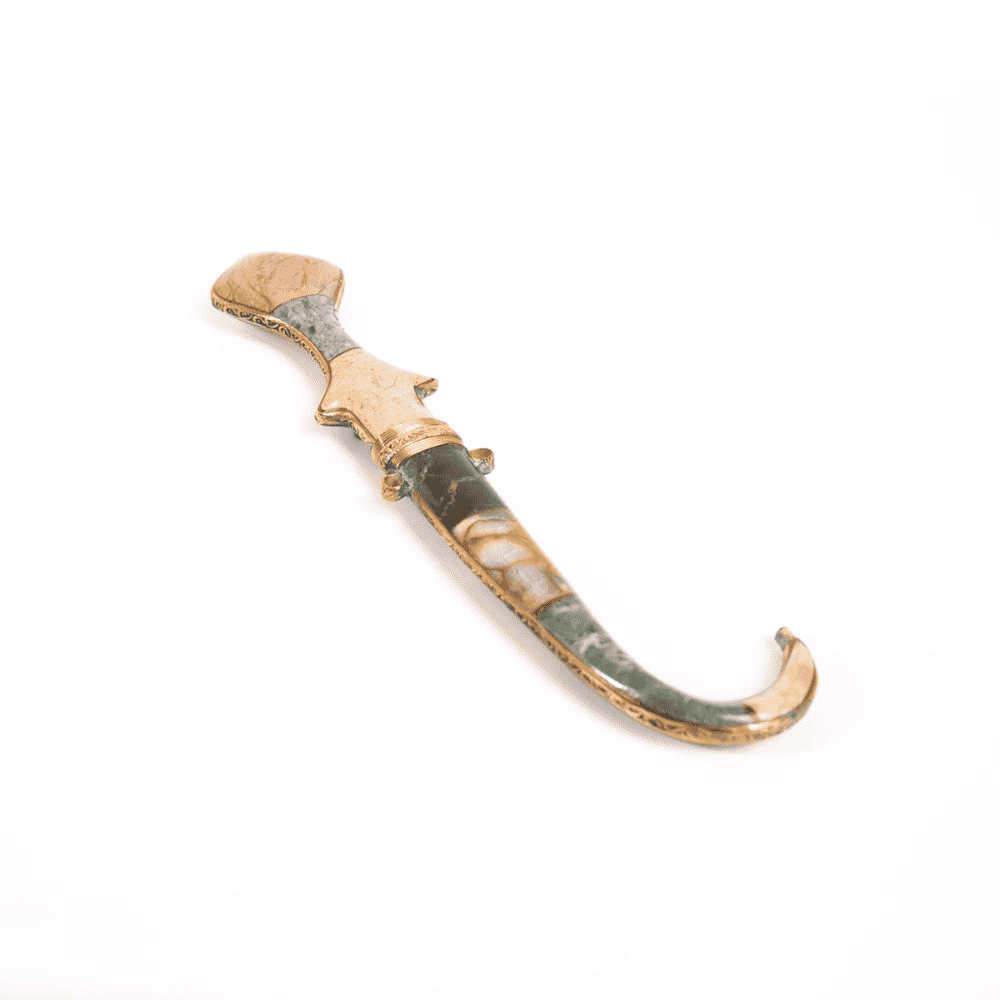
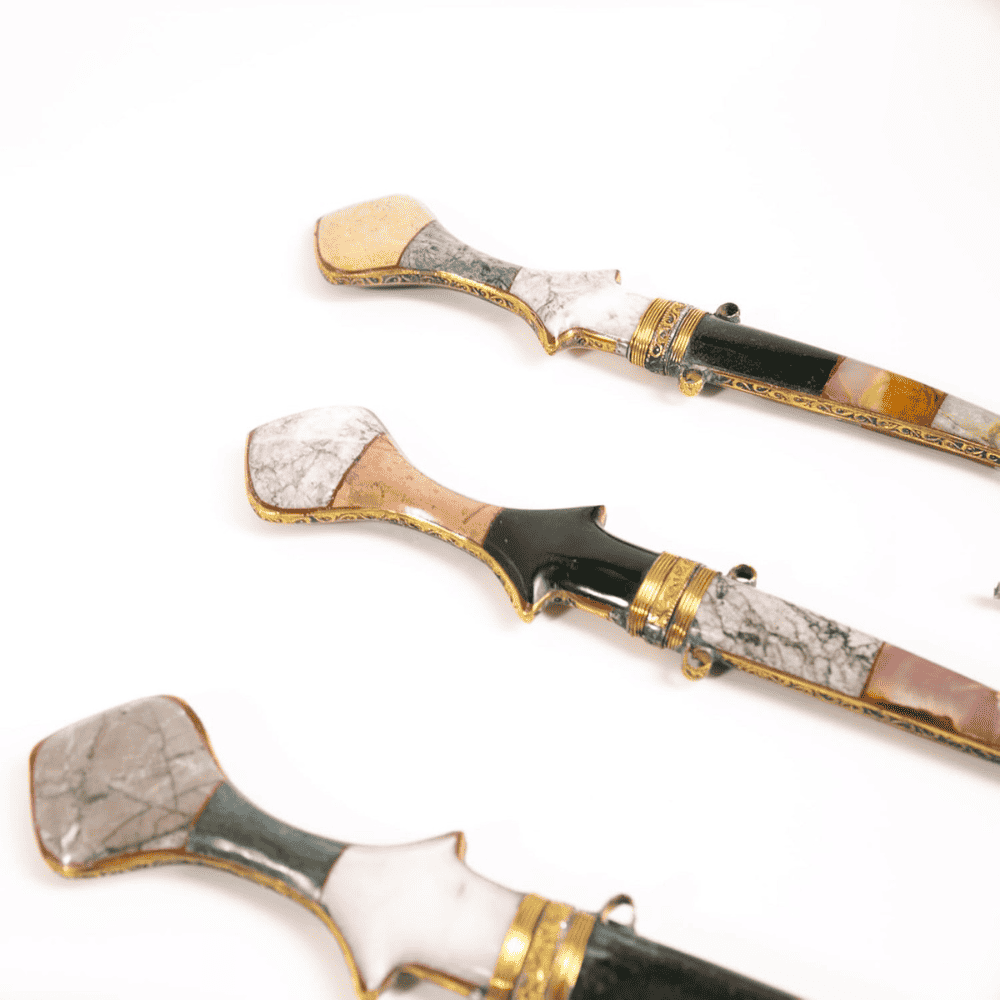
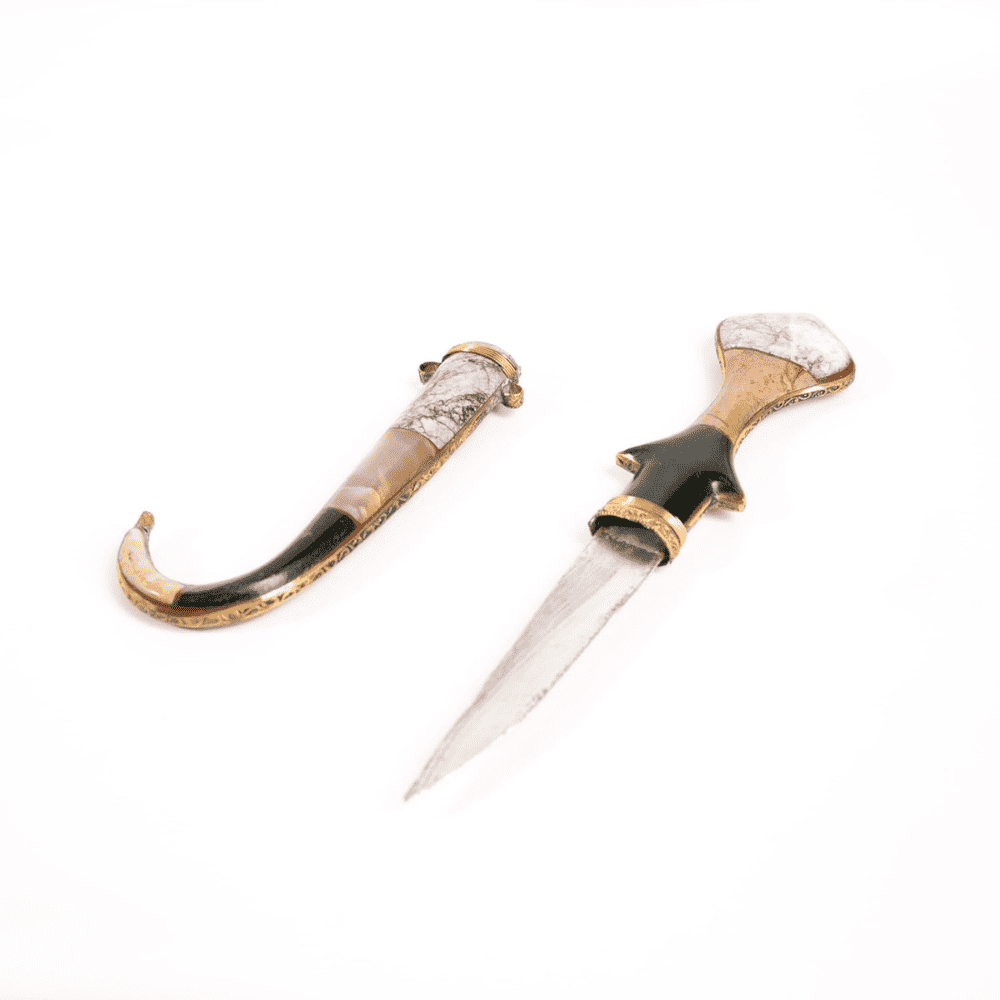




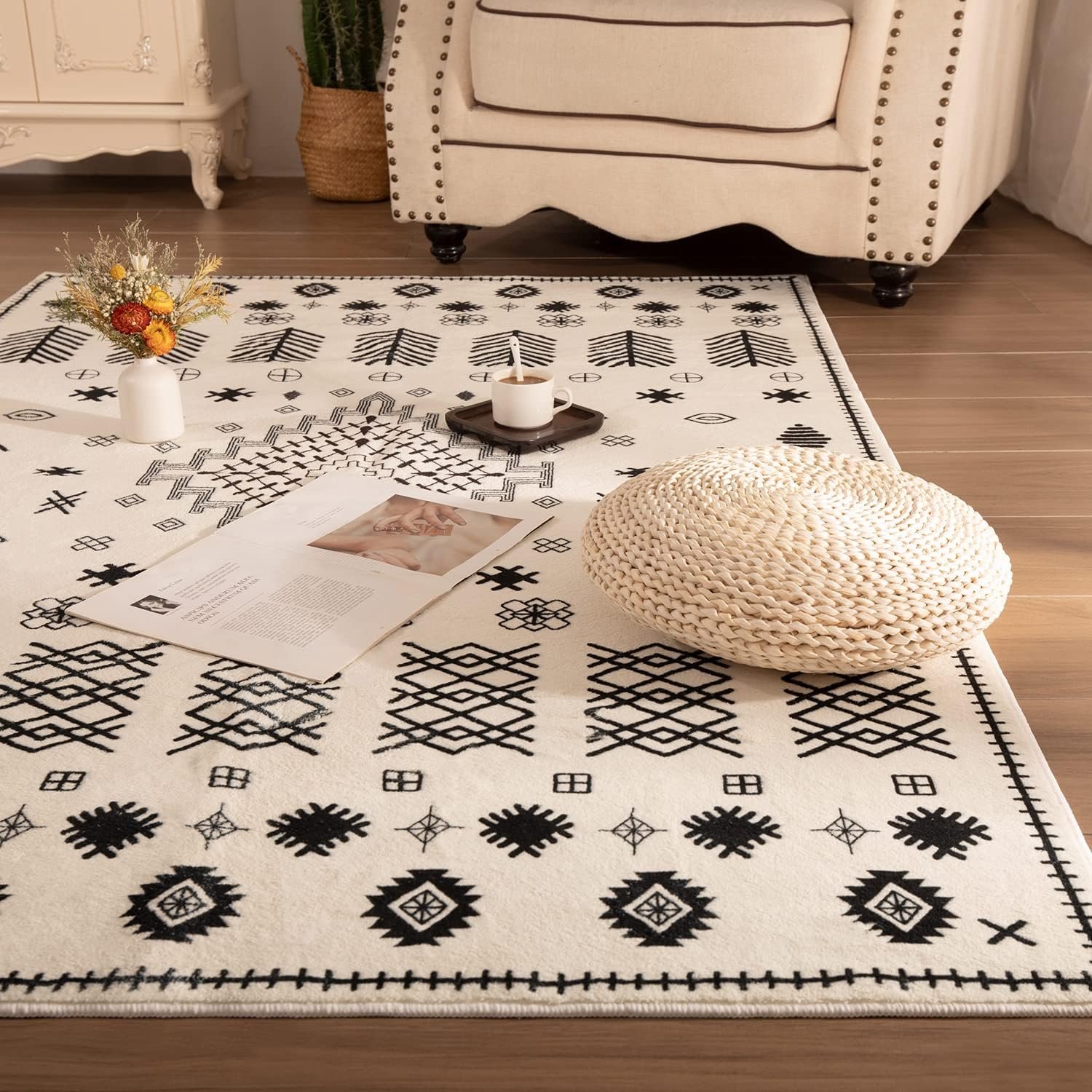
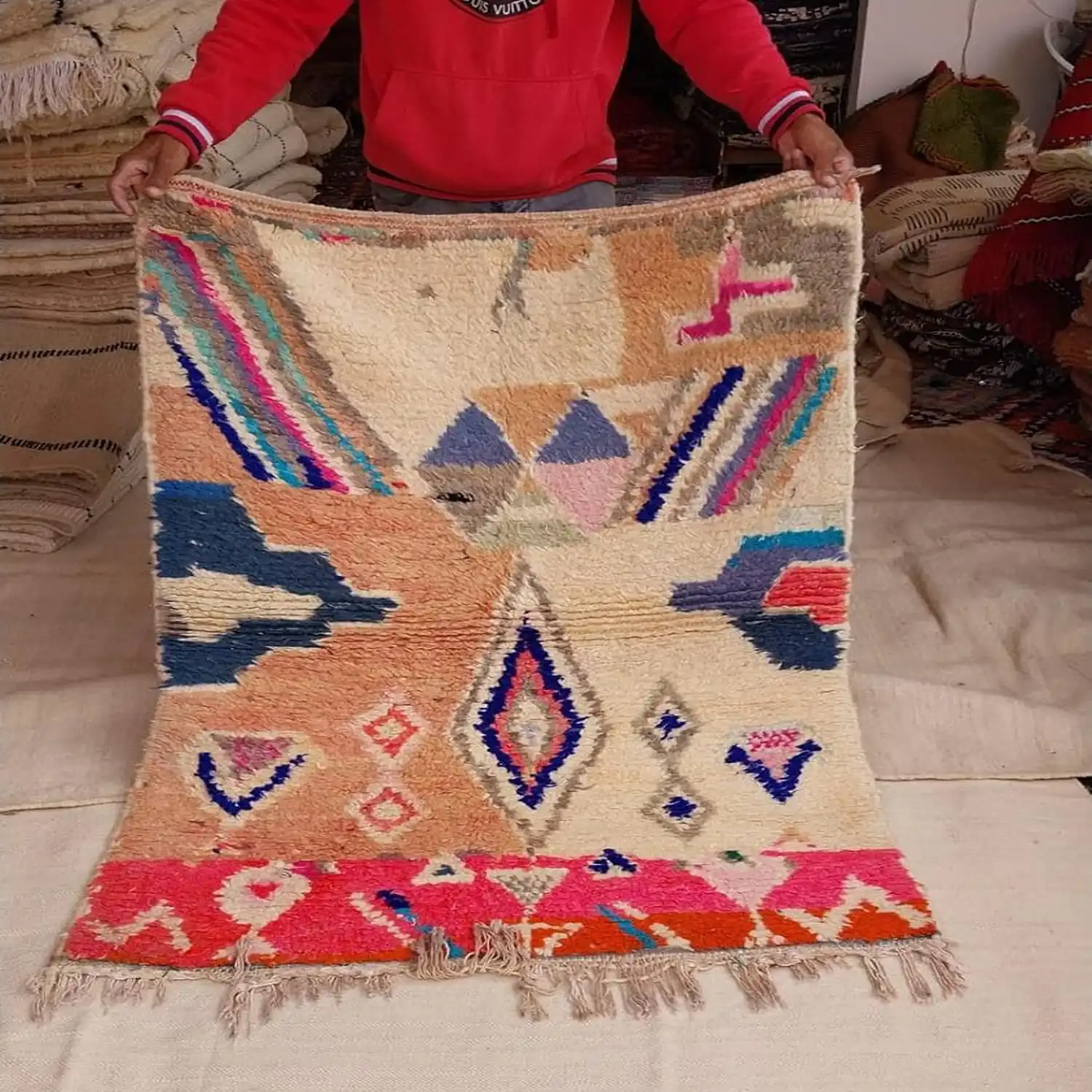
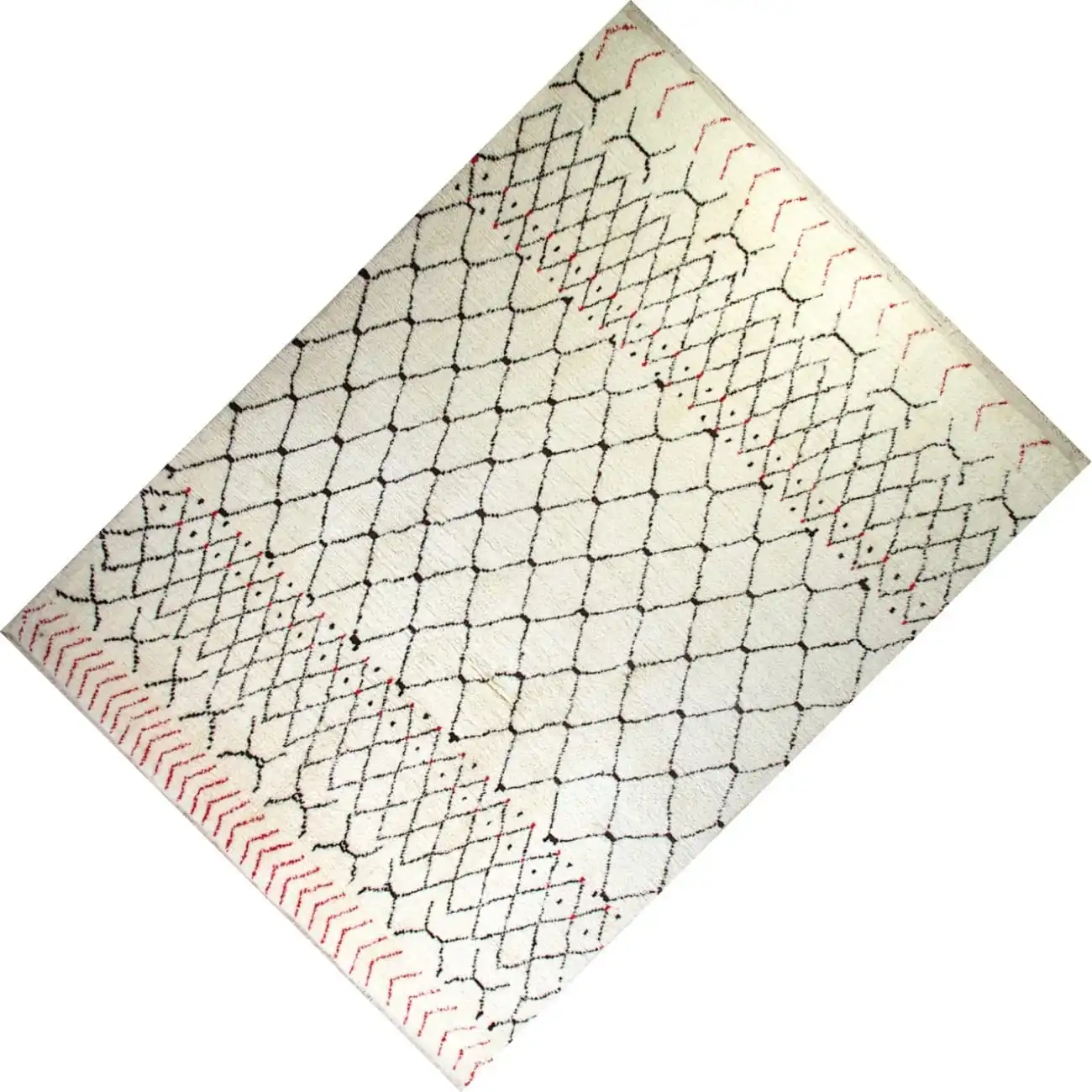
Reviews
There are no reviews yet.